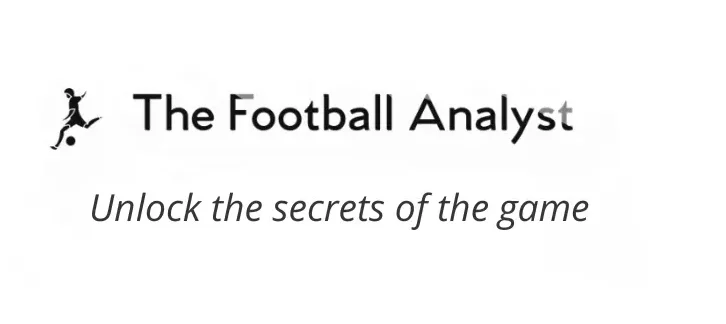In today’s fast-paced game, speed and agility aren’t just physical assets—they’re tactical weapons. The ability to accelerate with control, change direction sharply, and execute technical actions at high intensity can define a player’s effectiveness in tight spaces, transitions, and one-on-one situations. But these qualities must be developed with the ball, not in isolation.
This article explores why agility and acceleration drills should include the ball, and offers a range of progressive, football-specific exercises designed to improve explosive fitness in a way that directly transfers to the pitch.
Why Integrate the Ball into Agility and Acceleration Training?
Too often, physical development is treated separately from technical work. However, elite footballers need to execute high-speed decisions and actions while in possession. By combining ball work with physical drills, players develop:
- Explosive dribbling ability
- Quick feet under pressure
- Improved coordination and balance
- Better timing when transitioning from control to sprint
- Greater match relevance and transfer of training
This approach benefits attacking players who need to burst past defenders, midfielders evading pressure in tight zones, and even defenders accelerating to close space or recover.
Key Principles Behind the Drills
To ensure maximum effectiveness, the following principles should guide training design:
- Game Realism: Incorporate football-specific actions—dribbling, finishing, reacting to stimuli.
- Maximal Effort, Minimal Reps: Focus on quality over quantity. Allow full recovery to preserve intensity.
- Tight Spaces and Open Bursts: Blend tight control in small areas with explosive sprints into space.
- Decision-Making and Reactivity: Add triggers or opponents to replicate match demands.
Drill 1: Zig-Zag Dribble into Acceleration & Shot
Setup:
Place five cones in a zig-zag pattern, spaced about 2–3 meters apart. Position a mini-goal or finishing zone 10–15 meters beyond the final cone.
Execution:
The player dribbles through the cones with quick, close touches, focusing on sharp changes of direction. After the last cone, they immediately accelerate with the ball into the open space and take a shot within two touches.
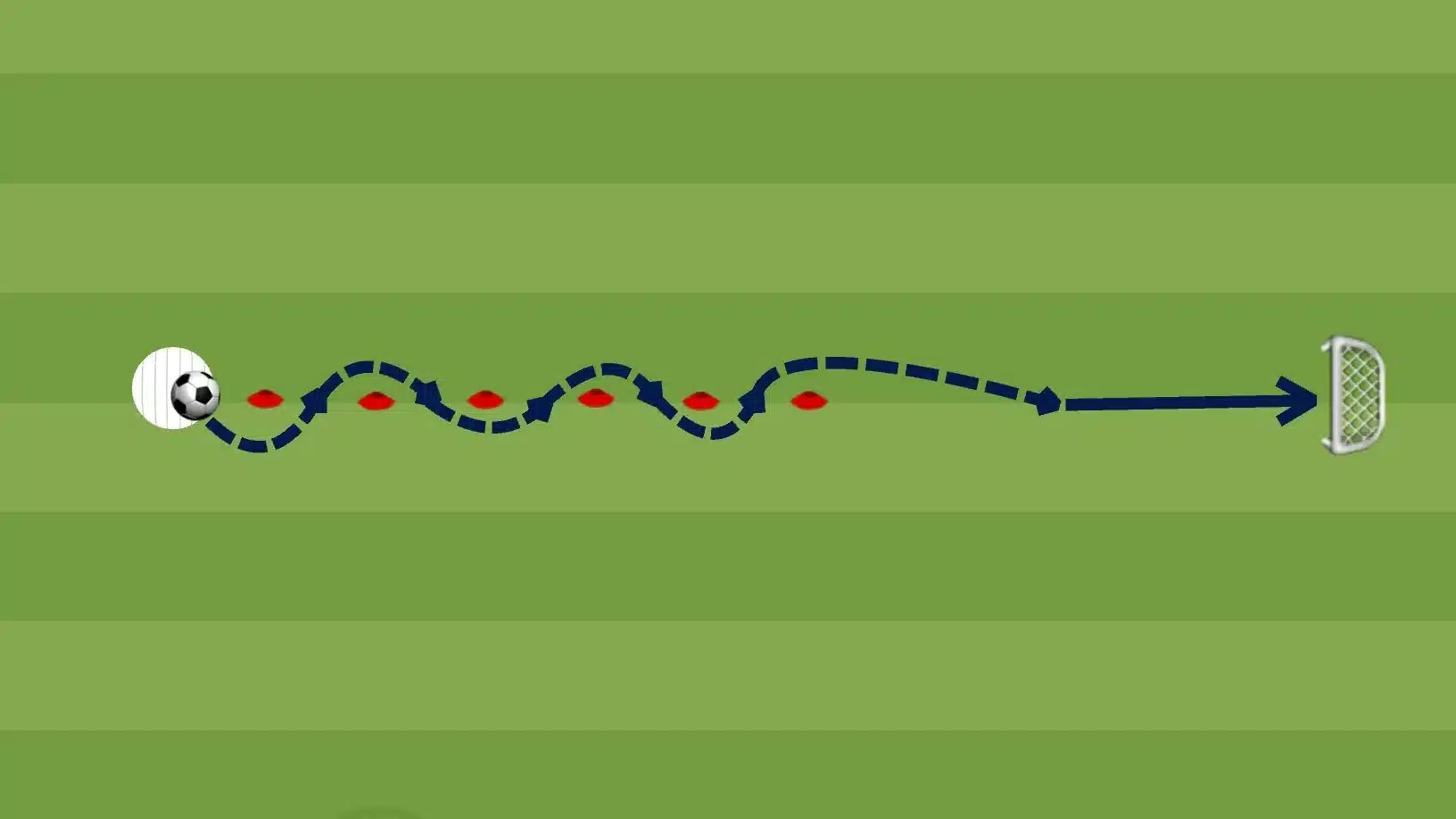
Coaching Focus:
- Stay low during changes of direction
- Use both feet for control and cuts
- Accelerate cleanly with longer touches after the final cone
- Keep shot technique controlled under fatigue
This drill mimics real-game situations like beating a defender and driving toward goal.
Drill 2: Reactive Gate Sprint with the Ball
Setup:
Set up two gates (e.g., red and blue cones) 8–10 meters apart. The player starts centrally with a ball, facing a coach or teammate behind the gates.
Execution:
The coach holds up a colored cone or calls a color aloud. The player reacts instantly and accelerates with the ball through the correct gate. A second command can add another directional change or follow-up action (e.g., pass, turn, shot).
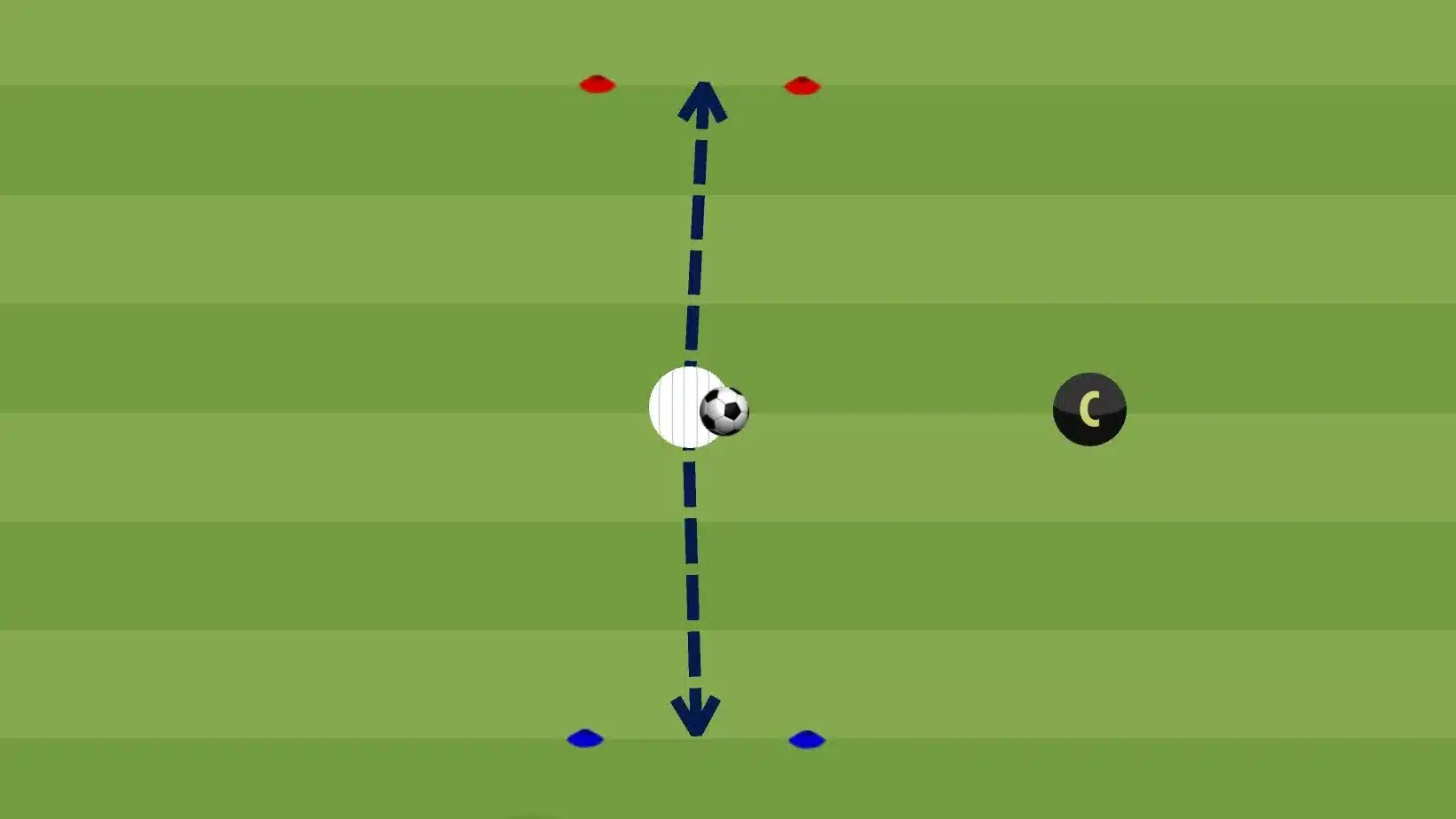
Progressions:
- Add a passive or active defender post-gate
- Use multiple ball touches before the gate to simulate dribbling under pressure
- Add time constraints to challenge speed
This drill trains reactive decision-making, fast first steps, and direction changes with control.
Drill 3: Multi-Directional Dribble into Sprint Exit
Setup:
Create a 5×5 meter square using cones. Place a cone 10 meters beyond each side to serve as sprint targets.
Execution:
The player dribbles freely inside the square for 10–15 seconds using small touches, feints, and turns. On the coach’s signal or whistle, the player accelerates out of the square through a random side and sprints to the target cone.
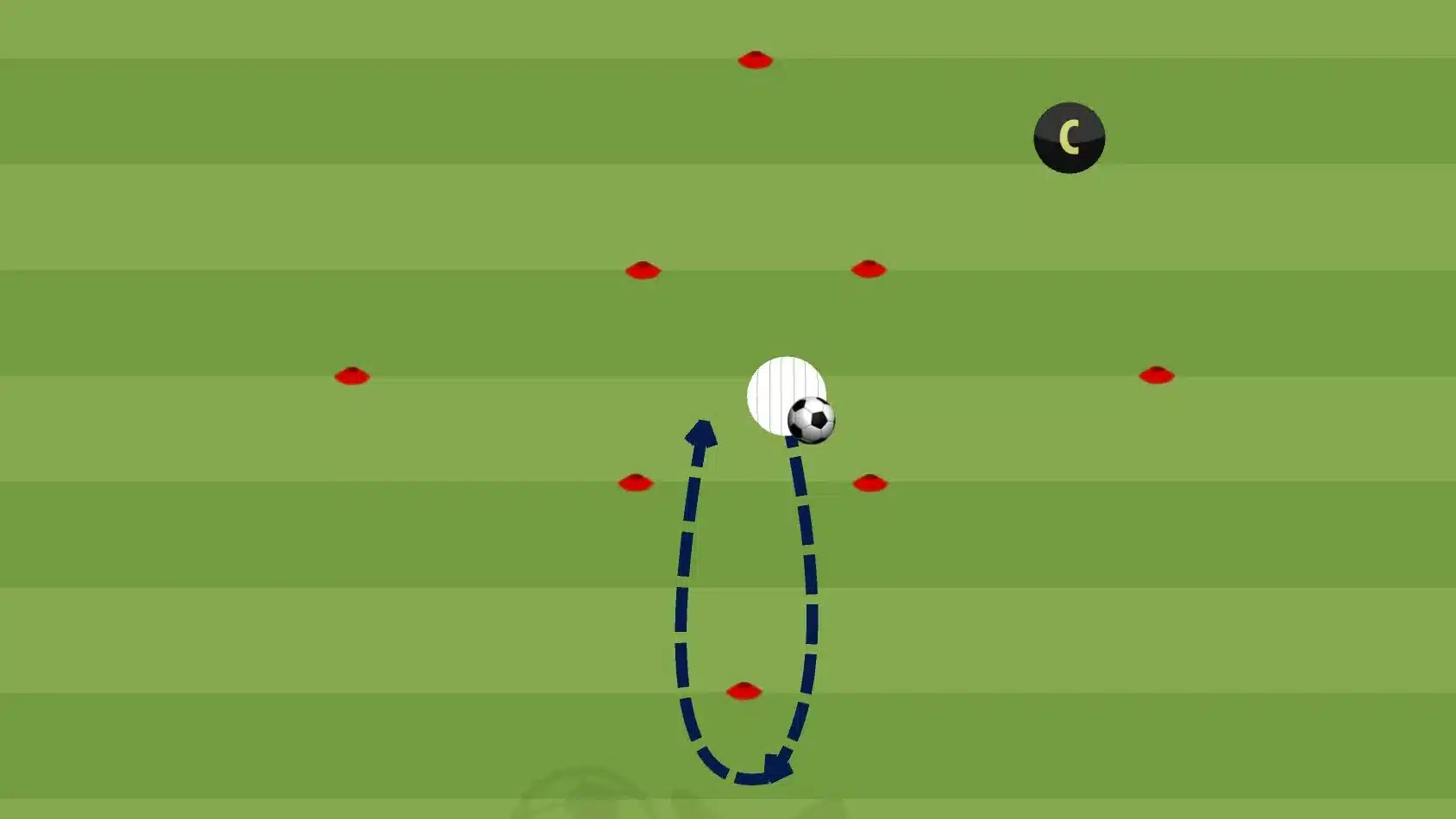
Coaching Points:
- Encourage scanning and constant movement
- Emphasize ball control under fatigue
- Explode with a long first touch toward the exit
- Combine fast footwork with balance and awareness
This simulates moments where a player must escape pressure or initiate a counter-attack.
Drill 4: 1v1 Sprint & Dribble Challenge
Setup:
Two players start shoulder to shoulder at the halfway line with a ball placed 3–4 meters ahead. Two mini goals or scoring zones are positioned 15–20 meters away.
Execution:
On the whistle, both players sprint toward the ball. The first player to reach it becomes the attacker, aiming to dribble past the opponent and score in either goal. The other defends.
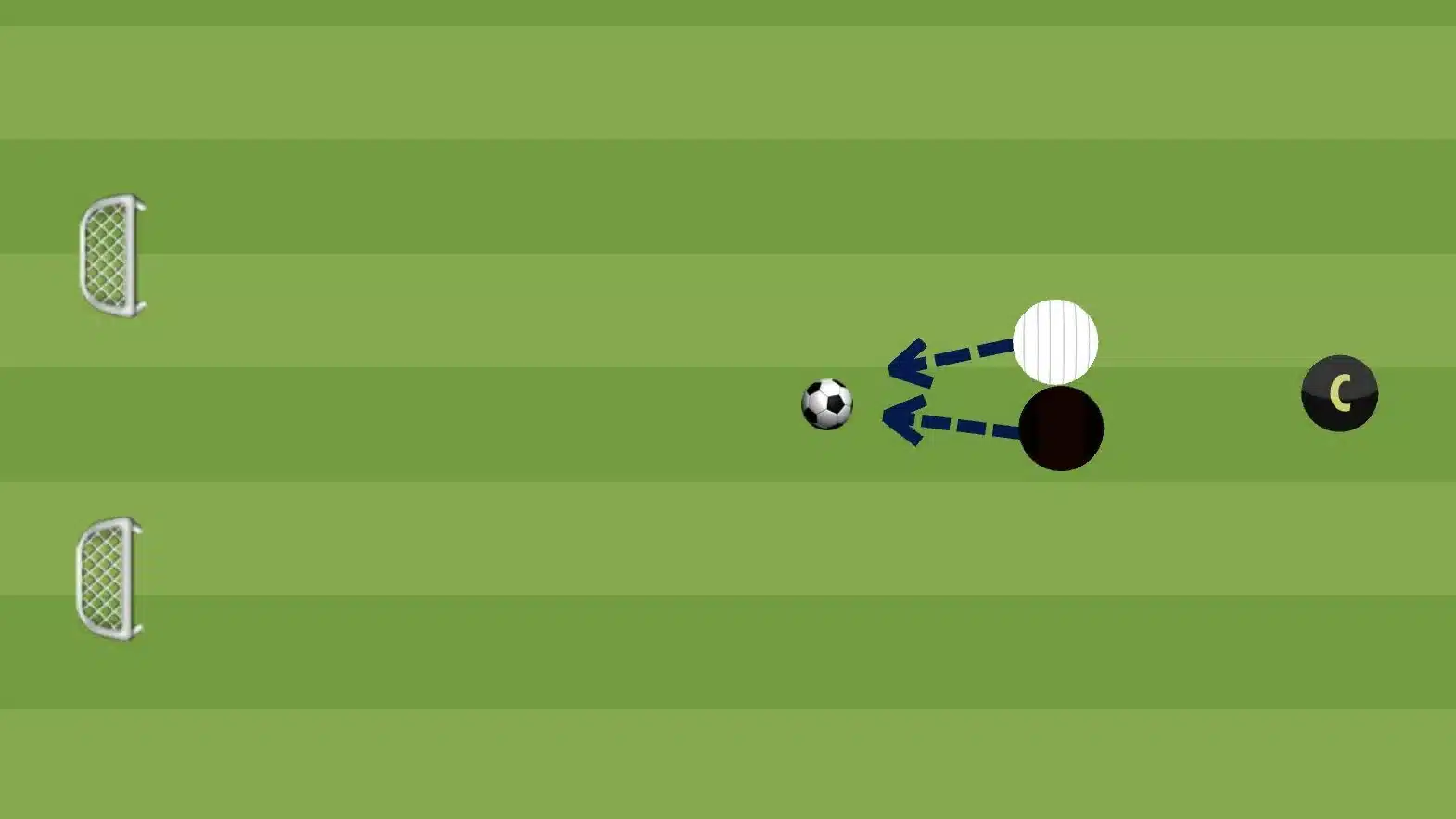
Benefits:
- Competitive pressure
- Explosive first steps and acceleration
- Ball control under physical and mental stress
- Sharp decision-making and reaction to transition
This is a high-intensity drill that integrates all core elements: speed, agility, control, competition.
How to Fit These Drills into a Weekly Plan
These drills can be added in different parts of a training session depending on the objective:
- Warm-Up Phase: Use lower-intensity versions of the drills to activate movement patterns.
- Main Physical Block: Perform 2–3 drills at maximum intensity with full recovery between reps.
- Technical Finishing Phase: Add a ball striking element at the end of each sprint or acceleration.
- Position-Specific Work: Tailor actions based on roles (e.g., wingers cutting inside, fullbacks overlapping).
Each drill should prioritize quality over quantity. Aim for 3–4 reps per drill, 2–3 sets, with at least 45–60 seconds rest between reps to preserve explosiveness.
Final Thoughts
Footballers don’t just need to be fast—they need to be fast with the ball. Integrating agility and acceleration drills with technical execution builds players who are not only physically explosive but also tactically and technically effective in high-speed situations.
By combining decision-making, directional changes, and football-specific movements into your training, you’re not just improving athleticism—you’re building more dangerous, dynamic footballers.
